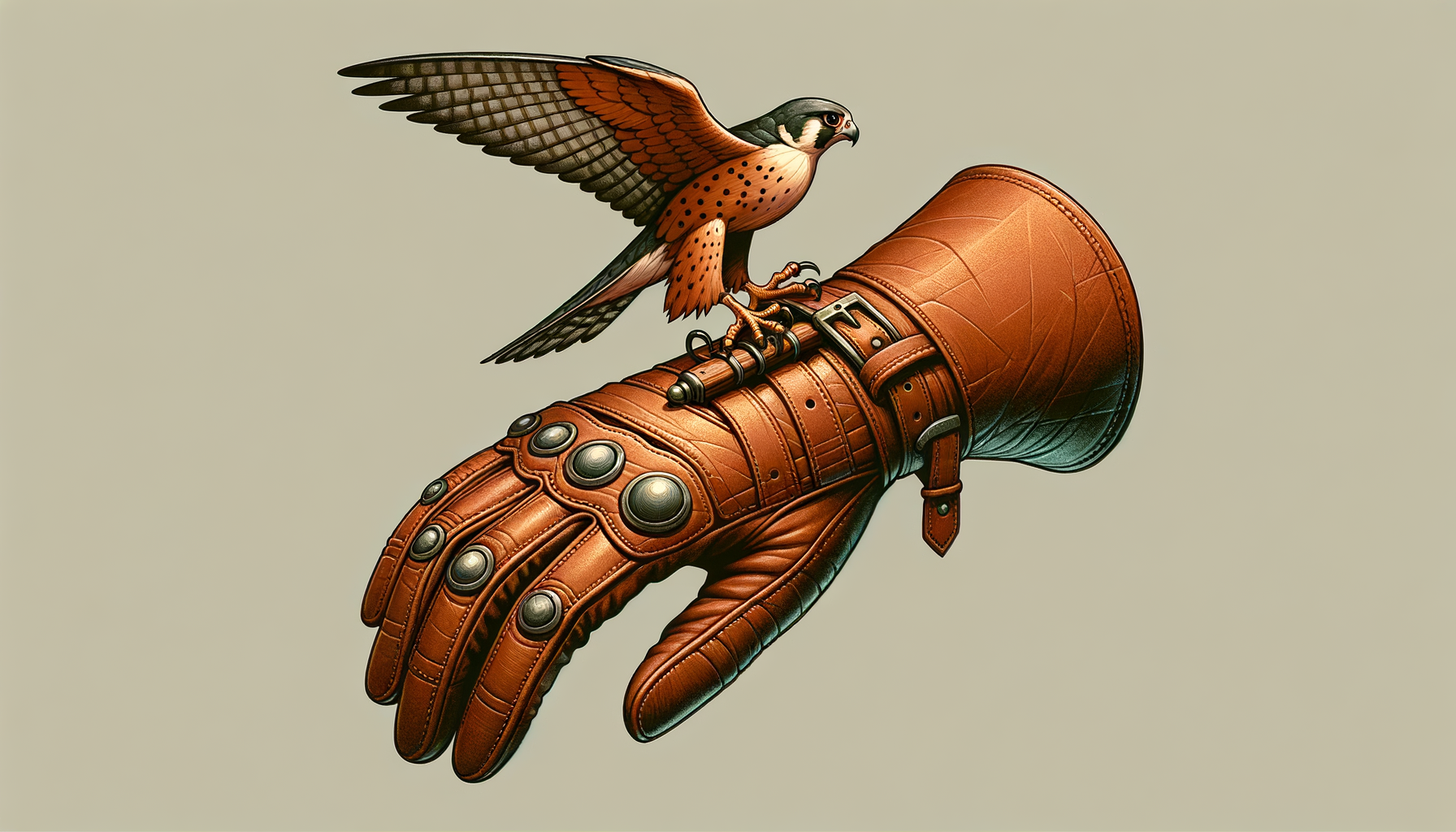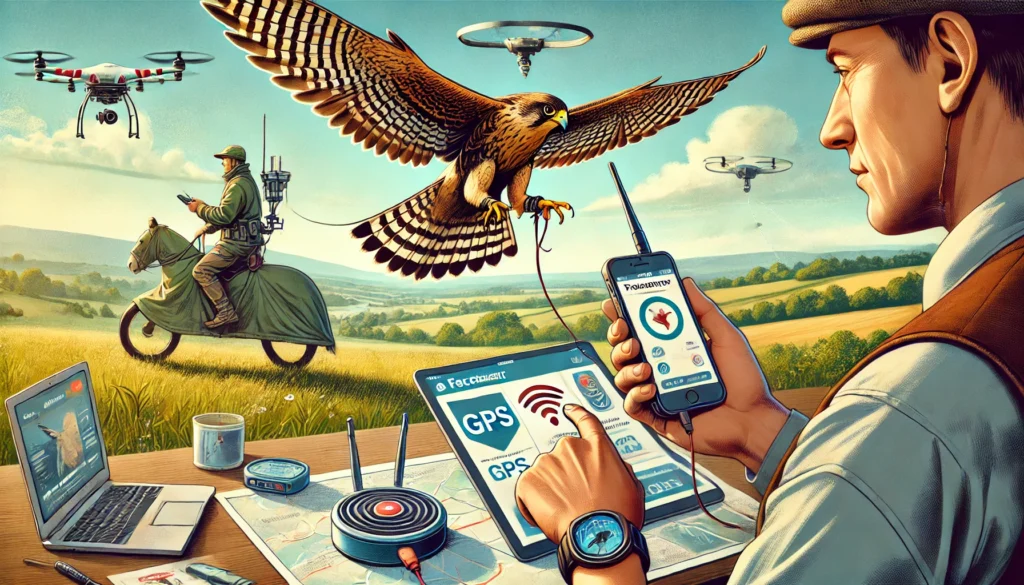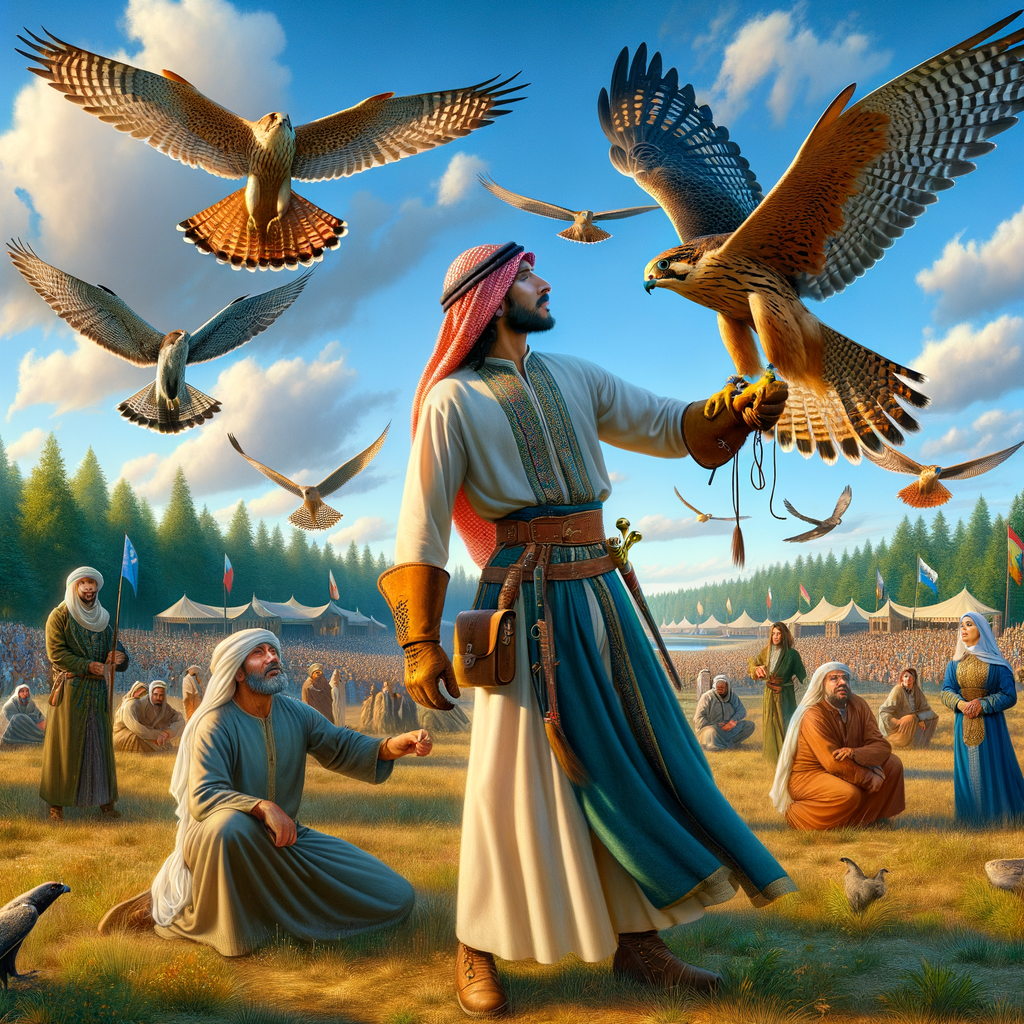Essential Insights on Falconry Gloves
- Importance of Quality Gloves: High-quality gloves are crucial for protecting falconers from the sharp talons of birds of prey.
- Material Matters: Gloves are typically made from durable materials like leather to ensure longevity and protection.
- Design Varieties: Different designs cater to specific needs’some gloves come with cuffs for additional wrist protection.
- Comfort and Fit: A good glove should fit well and be comfortable to wear for extended periods.
- Safety First: Gloves with reinforced areas add an extra layer of safety.
- Maintenance Tips: Proper maintenance, such as regular cleaning and conditioning of the leather, extends the life of the gloves.
- Special Features: Some gloves include additional features like perches or D-rings for attaching leashes.
- Customization Options: Customizable gloves are available for those who want a perfect fit or need specific features.
- Buying Considerations: When purchasing, consider factors like the type of bird, size of the glove, and personal comfort.
- Educational Value: Understanding the role and characteristics of falconry gloves enhances the falconry experience.
Discover the Magic of Falconry Gloves
Imagine you’re in the beautiful Irish countryside, the rolling green hills stretching out before you, a misty drizzle in the air. You wouldn’t dream of venturing out without a good, sturdy raincoat to keep you dry, right? Just as a raincoat is essential for braving the Irish weather, a falconry glove is vital for any budding falconer looking to bond with these majestic birds.
From their carefully chosen materials to their intricate designs, falconry gloves are more than just protective gear; they are the bridge between you and your feathered companion. So, grab a cozy seat and maybe a cup of hot cocoa as we guide you through why these gloves are as essential to a falconer as a woolen jumper is to an Irish shepherd. There’s a lot more to uncover, and trust us’you’ll want to read on to find out!
Understanding Falconry Gloves
Falconry requires special gear to ensure the safety and comfort of both the falcon and the falconer. Among the essential pieces of equipment are falconry gloves. These gloves play a vital role in the practice of falconry, providing protection for the falconer and a secure perch for the falcon.
The Importance of Falconry Gloves
Falconry gloves are specifically designed to protect the falconer’s arm from the bird’s sharp talons. When a falcon lands on the falconer’s hand, the gloves create a barrier that prevents injuries. This is particularly important because falcons are birds of prey with strong claws capable of exerting significant pressure.
Falconry gloves are often referred to as falconer gloves or falcon handling gloves. These terms are synonymous and indicate the specialized nature of the gloves used in falconry.
Types of Falconry Gloves
There are different types of falconry gloves to cater to various needs and preferences. Some gloves are long and cover most of the arm, offering extra protection against potential scratches and bites. Other gloves are shorter, providing more freedom of movement while still protecting the hand and wrist.
Falconry gloves come in a variety of materials, including leather and synthetic options. Leather gloves are popular due to their durability and comfort. They also provide a good grip, which is crucial when handling a falcon. Synthetic materials might be lighter and more affordable, offering an alternative for those who prefer them.
Choosing the Right Falconry Gloves
When choosing falconry gloves, it is important to consider the type of falcon and the specific activities involved in your falconry practice. For example, working with larger birds of prey may require thicker, more robust gloves to ensure adequate protection.
The fit of the gloves is also a crucial factor. A well-fitting glove ensures that the falconer can maintain control and communicate effectively with the falcon. Too loose or too tight gloves can hinder these interactions and potentially lead to accidents.
Maintaining Falconry Gloves
Proper care and maintenance of falconry gloves ensure their longevity and effectiveness. Cleaning them regularly, storing them in a cool, dry place, and conditioning the leather (if applicable) are essential practices.
Learning More About Falconry Equipment
For those interested in delving deeper into the equipment used in falconry, we recommend visiting our section on falconry equipment. There, you can discover more about the various tools and gear that enrich this captivating practice.
For a broader understanding of falconry, including its history and techniques, explore our detailed articles on the history of falconry, falconry techniques, and training a falcon.
Falconry is a fascinating blend of tradition, skill, and respect for these majestic birds. With the right equipment and knowledge, anyone can embark on this unique journey. Always remember to handle your falconry gloves with care, as they are your direct link to a safe and rewarding falconry experience.
Exploring Falconry Gloves
Falconry gloves, also known as gauntlets, are essential gear for anyone handling birds of prey. These specialized gloves not only protect your hands and forearms from the sharp talons of falcons but also offer comfort and functionality to facilitate better handling. In 2024, the market for falconry gloves has evolved to provide a range of options in terms of sizes, materials, and features.
Sizes
Falconry gloves come in a variety of sizes to ensure a perfect fit for handlers of all hand sizes. Here’s a look at the available sizes and their corresponding hand circumferences:
| Size | Circumference (inches) | Circumference (cm) |
|---|---|---|
| Small | 7-8 | 18.5-20.3 |
| Medium | 8-8.5 | 20.3-21.6 |
| Large | 8.5-9.5 | 21.6-24.1 |
| X-Large | 9.5-10.5 | 24.1-26.7 |
These sizes help ensure that gloves fit snugly, providing both protection and dexterity.
Materials
The quality and durability of falconry gloves largely depend on the materials used. Typically, they are made from various types of leather, including:
- Cowhide: Known for its durability and strength, making it a common choice.
- Elk Leather: Offers a softer feel while still being tough and resistant to wear.
- Deerskin: Provides an excellent balance of softness and durability.
- Nu-buck Leather: Features a velvety texture that adds comfort and grip.
Using high-quality leather ensures that the gloves can withstand the wear and tear from handling birds with sharp talons.
Features
Falconry gloves are packed with features designed to enhance both protection and handling ease. Here are some notable features:
- Long Cuffs: Usually ranging from 15 to 18 inches in length, these cuffs protect the handler’s forearm from scratches and bites.
- Durable Construction: The gloves are designed to be both strong and pliable, allowing for flexibility while still offering protection.
- Tassels and D-Rings: Tassels enable the gloves to be hung on hooks for easy storage, while brass D-rings are used for tethering birds securely.
- Layered Designs: Additional layers in critical areas add strength and protect against potential injuries from the bird’s talons.
Maintenance
To ensure the longevity and hygiene of falconry gloves, proper care is essential:
- Regular Cleaning: Wipe the gloves clean with a damp cloth and let them air dry. Avoid machine washing or drying.
- Avoid Oils: Do not use oil on the gloves as it can harbor pathogens that could harm the birds. Instead, use specialized falconry jess grease.
- Replacement: If a glove has been used with a sick bird, it should be discarded to prevent reinfection.
Multi-Purpose Use
While primarily designed for handling birds of prey, falconry gloves can also be used for other activities such as:
- Handling other animals like reptiles or small mammals
- Tasks requiring hand protection like welding and gardening
Guarantee
In 2024, many brands of falconry gloves offer satisfaction guarantees. Handlers can have peace of mind knowing that defective or damaged gloves can be replaced or refunded within a certain timeframe, typically around 90 days.
These key points provide an in-depth understanding of the various aspects of falconry gloves in 2024, making them an indispensable tool for those involved in the art of falconry.
The Essential Gear for Falcon Enthusiasts
In choosing the perfect falconry glove, understanding key features is crucial. High-quality materials like elk, deer, and cowhides ensure durability and protection, while designs featuring long cuffs and anti-skid seams offer superior safety for handlers. When taking care of these gloves, avoid oil treatments and prefer falconry jess grease to maintain hygiene and extend glove life.
Invest in the right pair of gloves for a safe and enjoyable falconry experience. Your feathered friend and your hands will thank you!



